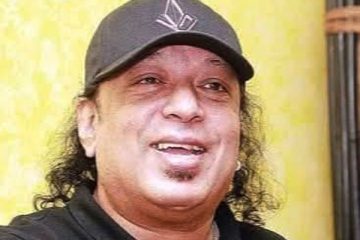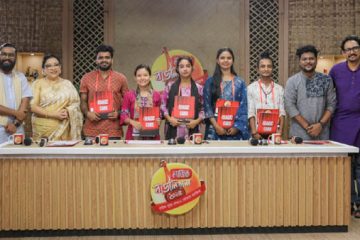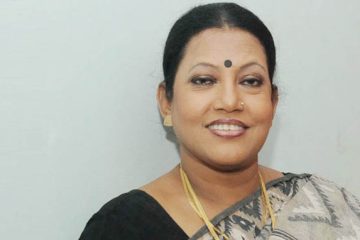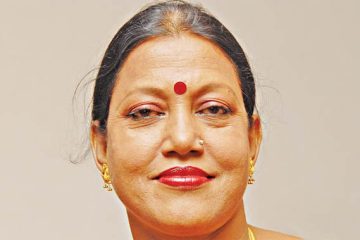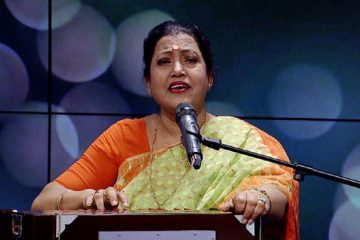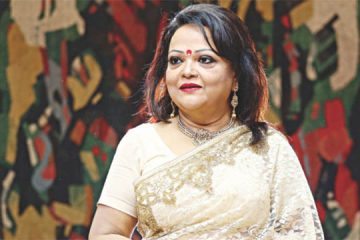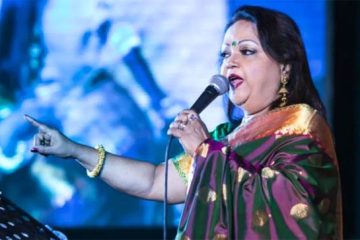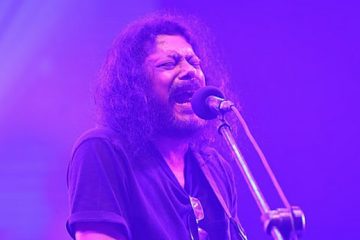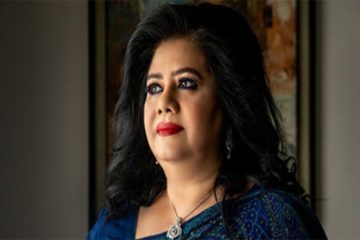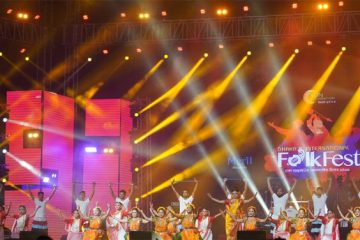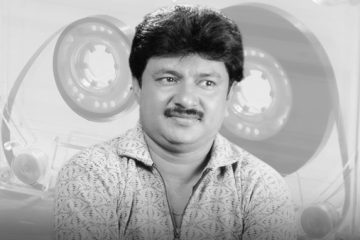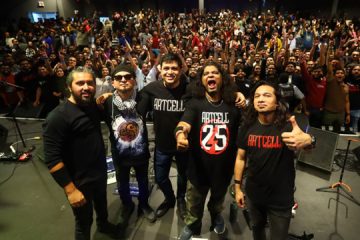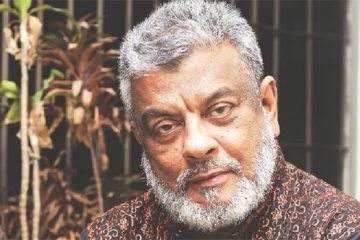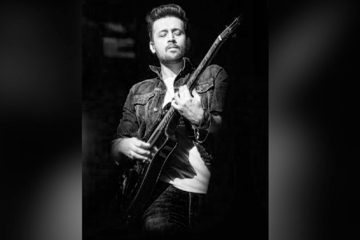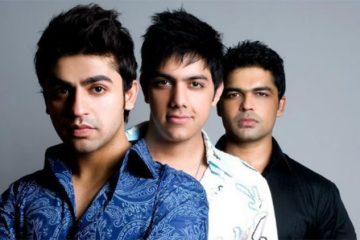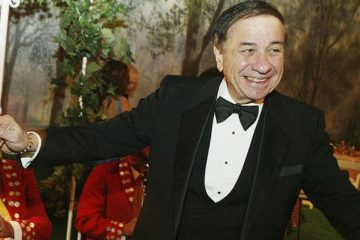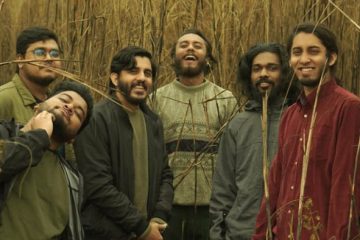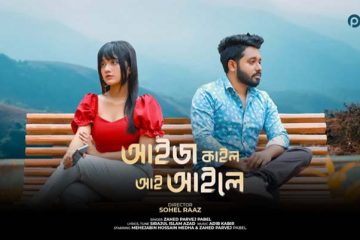The Music of Jamaica
 Despite the tiny size of the island, Jamaican music has long been a powerful force on a global scale. Even ignoring the deity that is Bob Marley and his reggae legacy, the island boasts a wealth of extraordinarily popular genres such as dancehall and dub, as well as having a
Despite the tiny size of the island, Jamaican music has long been a powerful force on a global scale. Even ignoring the deity that is Bob Marley and his reggae legacy, the island boasts a wealth of extraordinarily popular genres such as dancehall and dub, as well as having a
long history of folk music, and lesser known,
yet highly influential genres such as mento.Maroons & The Bongo Nation
Following the arrival of Columbus, the Spanish, and Oliver Cromwell’s navy, the island’s indigenous population of Arawaks were soon wiped out. Their descendants, the Maroons live in secluded communities. Their percussive style of music is difficult to find on recording, but still forms a vital part of the life of Maroons, as it is used in possession ceremonies. Colonisation bought plantations to Jamaica. To get around the new laws, plantation owners began secretly trading slaves of Angolan descent — who are the people behind the Bongo Nation, whose musical style which is not dissimilar to Maroon music.
Rastafari
Given that it makes up a relatively small proportion of the island’s population, the influence of Rastafari religion on Jamaican musical culture, both locally and globally, is way out of proportion. Rastas hold reasoning sessions, in which they discuss religion, life, and politics. These events are called grounations and, like any religious gathering, music is an important part of celebrations. Foot-stamping and slow drumming feature heavily.
Mento
Mento draws from many of Jamaica’s folk music styles, and primarily began as the music of slaves on the plantations – it was the sound of rural Jamaica in the 1940s, and can be said to resemble Trinidadian calypso. Many of the recordings we have today are thanks to Stanley Motta who in the 1950s identified the popularity of calypso.
Ska
With R&B as its basis, Ska cuts out the on beats of the shuffle, leaving a lilting series of off-beats. It uses the same line-up as R&B – piano, guitar, bass, drums as well as a few brass instruments. The music’s fast tempos mixed with powerful horn solos quickly took off in both Jamaica and Britain, and were associated with discontent. Emerging around the same time as Jamaican independence, the music became an expression of those left destitute in fast-growing shanty towns with ever-increasing unemployment in areas such as Trench Town. The Skatalites were the masters of Ska, being incredibly prolific and boasting one of the world’s finest, and yet sadly troubled trombonists, Don Drummond.
Rocksteady
Even more than ska, rocksteady became the sound of the rudeboy. The horn lines faded from prominence, and the music slowed, allowing for the introduction of vocalists to the previously instrumental music.
Reggae
In the 1970s, a new musical craze shook Jamaica. Reggae brought Jamaica’s roots to the fore — incorporating the rocksteady beat with the mento shuffle, as well as with the increasing popularity of funk from America. It is here that Bob Marley first made his play on the world stage – having started out his career with ska and rocksteady group “The Wailers”; producer Lee Perry recognised their talent, and paired them with members of his studio band to release the albums “Soul Rebels” and “African Herbsman”. From here he went from strength to strength, recording and performing with various combinations of backing musicians — placing reggae and Jamaica on the world map as a symbol of rebellion, and preaching the message of Rastafari. Not to be ignored on the Reggae scene, another key artist was Toots Hibbert, who joined with vocal group the Maytals to become Toots & The Maytals, who also helped to reinforce the global popularity of reggae with classics like “Pressure Drop”.
Dub
The space-like, atmospheric, mystical nature of Dub music was introduced to the world by Augustus Pablo. His record “King Tubby Meets Rockers Uptown” became a Dub milestone. Not to be ignored are also the contributions of Errol Thompson.
Dancehall
Throughout the history of Jamaican popular music, the dancehall had always acted as the centre which the musical world revolved around. In the 1970s however, the word came to be associated with a specific style of music which made its name on the ‘slackness’ of its lyrics. This can be traced back to Mento, but reached new extremes in Dancehall music. The music consists mainly of speaking over a sparse digital bass beat, giving the music a much more spacious feel than reggae.
Ragga
Led by developments in digital music, ragga is essentially a faster style of dancehall which draws some influence from American hip-hop. Associated with the genre is the ‘raggamuffin’ style – the 1980s version of the rudeboy. Artists such as Chaka Demus, Stitchie, and Admiral Bailey characterise the sound of the time. This period also saw women take the foreground, with artists such as Lady G and Lady Saw providing the listeners with their own lyrics and music videos.
-With The Daily Star input

